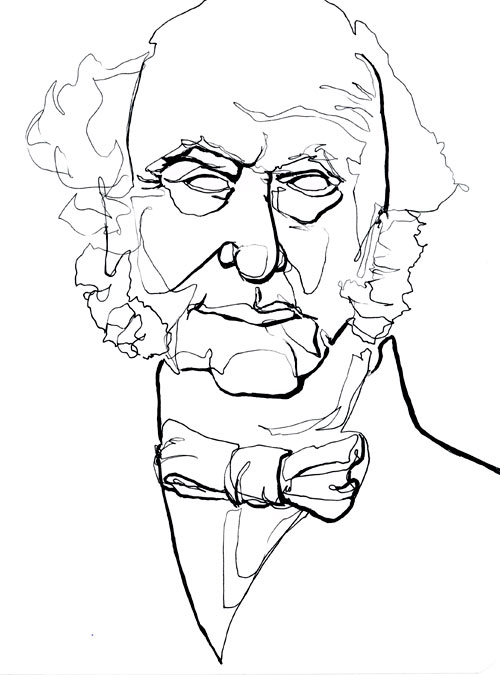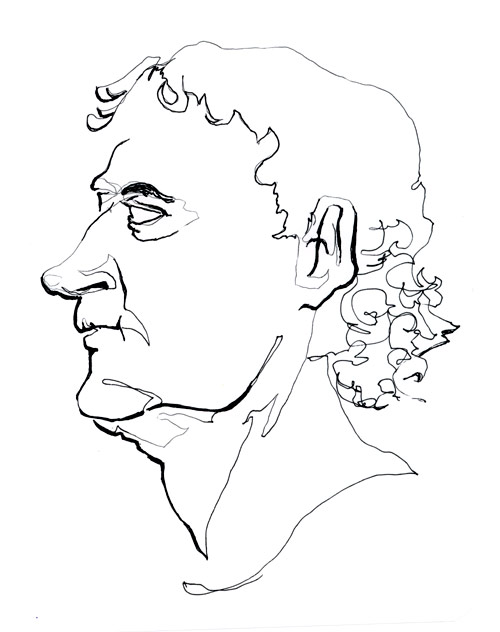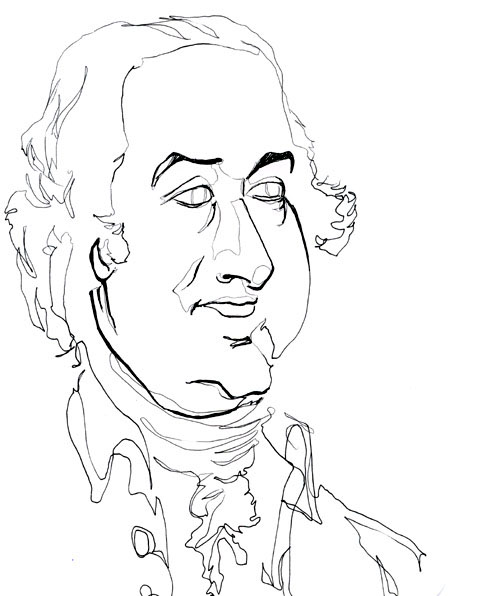Ninth President; William Henry Harrison - 2 comments

Hello Tippecanoe! When did we stop using such great nicknames for our Presidents? To recap, we've just seen:
Old Hickory
Old Kinderhook
Tippecanoe &
Tyler Too
OK, well, maybe Tyler Too is a stretch, but the full slogan was a big part of Harrison's campaign for president against the incumbent Martin Van Buren. And it's survived as one of the catchiest phrases in US politics, just behind "I Like Ike."
Harrison died just thirty days into the presidency. His inauguration happened on a particularly cold day, and WHH made his long acceptance speech without a coat. He then took part in a long parade, and developed pneumonia and pleurisy. He struggled with the illness, but succumbed on April 4, 1841.








